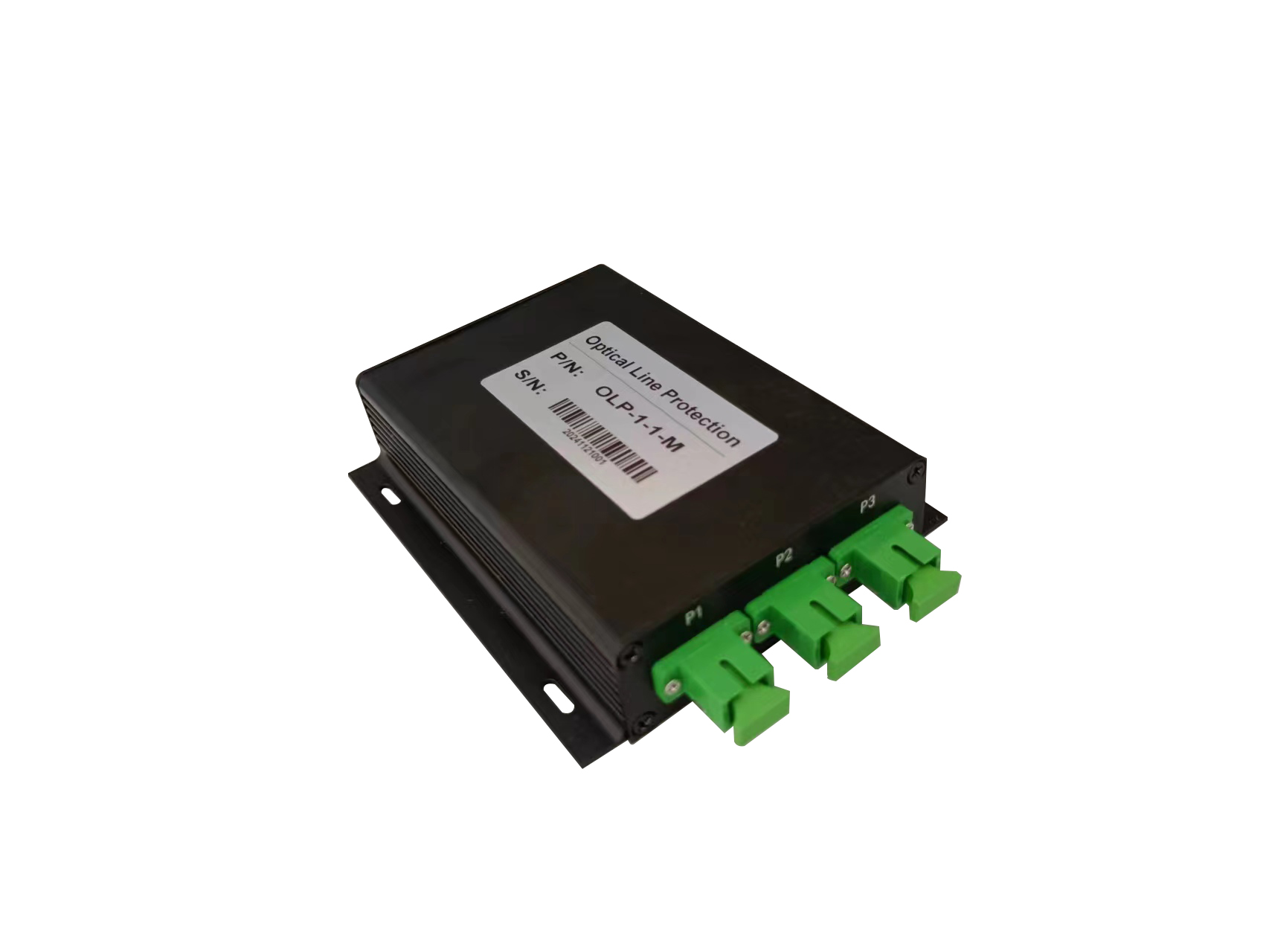Self-Healing Optical Switches: A Revolutionary Breakthrough at the Core of Intelligent Networks
Introduction: Key Components of Intelligent Networks
Amidst the wave of digital transformation, network infrastructure is undergoing a transformation from passive transmission to active intelligence. As a core technology in this transformation, self-healing optical switches are reshaping the architecture and capabilities of global communications networks. This technology not only automatically detects and repairs faults in fiber networks but also enables millisecond-level service recovery, providing unprecedented reliability and flexibility for emerging applications such as 5G, the Internet of Things, and cloud computing.
I. Technical Principle: The “Immune System” of Optical Networks
The core of the self-healing optical switch lies in the deep integration of artificial intelligence and photonics technology:
Real-time Monitoring Mechanism: A built-in optical power monitor and spectrum analysis module continuously collect network status data (with a sampling rate exceeding 1kHz), forming a “digital twin” of the network.
Intelligent Decision Engine: Utilizing lightweight machine learning models (such as TensorFlow Lite) for real-time analysis, it achieves fault identification accuracy exceeding 99.9% and a false alarm rate below 0.01%.
Dynamic Reconfiguration Technology: Adjustable optical paths based on MEMS (micro-electromechanical systems) or liquid crystal technology achieve switching times of less than 10ms, 100 times faster than traditional OTN protection switching.
Collaborative Self-Healing Network: An SDN controller enables multi-node linkage, forming a distributed intelligent system that enables local failures to be resolved under globally optimal conditions.
II. Industry Application Scenarios
1. 5G Fronthaul Network
In the CRAN architecture, self-healing optical switches can address the shortage of fiber resources. Data shows that after adopting this technology:
Fiber fault recovery time has been reduced from minutes to under 50ms
Resource utilization has increased by 40%
OPEX has been reduced by approximately 30%
2. Data Center Interconnect
• Facing the explosive growth of east-west traffic, self-healing optical switches have achieved:
• 99.9999% link availability
• Dynamic bandwidth adjustment with granularity up to 1Gbps
• 25% reduction in energy consumption (compared to traditional electrical layer protection)
3. Submarine Cable Systems
• In submarine networks spanning thousands of kilometers:
• Predictive maintenance reduces failure rates by 60%
• AI algorithms predict potential failure points 14 days in advance
• Protection switching does not impact the QoS of existing services
III. From Technological Leadership to Commercial Implementation
Full Product Line
For different application scenarios, Xionghua has launched three product lines:
• OSW-1×2: An economical solution for access networks, with a unit price reduced to $185
• OSW-4×4: A core data center model, already in mass production for Alibaba’s Zhangbei Data Center
• OSW-8×64: A carrier-grade backbone network solution supporting 400Gbps wavelength division multiplexing
Quantum Optical Network: A QKD-compatible hybrid switch architecture
Self-healing optical switches are not only a technological innovation but also the foundation for building a “zero-touch network.” As one operator’s CTO stated, “When optical networks achieve autonomous awareness, we truly enter the era of intelligent connectivity.” This technology is rewriting the rules of the communications industry, with implications far beyond telecommunications, ultimately becoming the nerve center of the digital society.

Comments are closed